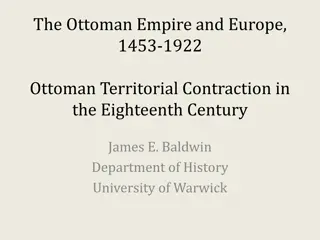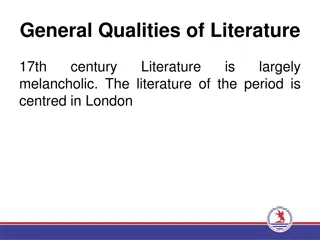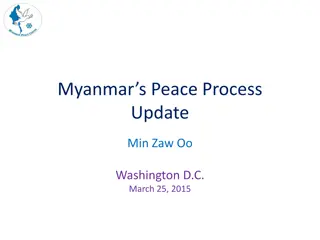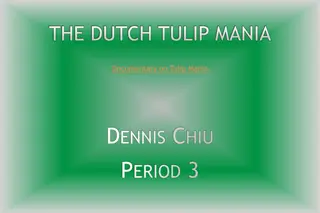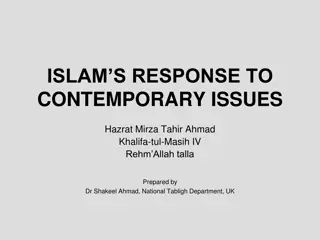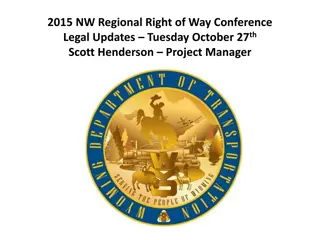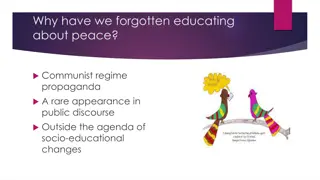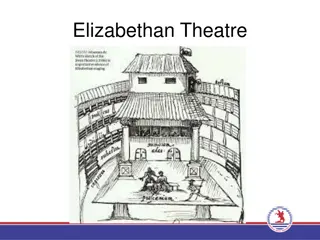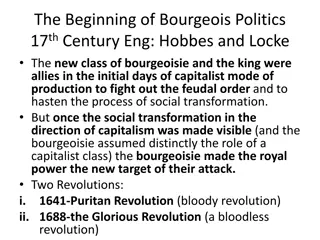Europe's Tragedy: Peace Negotiations and Historical Significance in the 17th Century
This content discusses the historical significance of events like the Truce of Ulm and Neapolitan Revolt in 1647, the major issues affecting the Empire during the Westphalian Congress in 1646-1648, peace negotiations involving Spain and the Dutch Republic, ongoing fighting during the Congress, and an analysis of Chapter 20's support for Wilson's arguments on European state interactions in times of war.
Download Presentation

Please find below an Image/Link to download the presentation.
The content on the website is provided AS IS for your information and personal use only. It may not be sold, licensed, or shared on other websites without obtaining consent from the author.If you encounter any issues during the download, it is possible that the publisher has removed the file from their server.
You are allowed to download the files provided on this website for personal or commercial use, subject to the condition that they are used lawfully. All files are the property of their respective owners.
The content on the website is provided AS IS for your information and personal use only. It may not be sold, licensed, or shared on other websites without obtaining consent from the author.
E N D
Presentation Transcript
5 March 2015 Europe s Tragedy, 709-47 REMINDER: Primary Source Analysis is due in class today!
Identify and explain the historical significance of the following Truce of Ulm (1647) Neapolitan Revolt (1647) 1. 2.
What were the major issues affecting the Empire in peace negotiations at the Westphalian Congress in 1646-1648? What decisions did the Empire and its estates take? See pp. 709-711, 716-23, 746-47. Why were Spain and the Dutch Republic inclined to negotiate peace? What terms of peace did they negotiate? What was their significance? See pp. 728-36. Fighting continued while representatives negotiated peace at the Westphalian Congress. Where and why did the fighting take place? See pp. 711-15, 723-33, 726-46. 1. 2. 3.
Does Chapter 20 support Wilsons arguments? Why or why not? What does Chapter 20 tell us about the interaction among European states and about the interaction between state and society in the context of war? 4. 5.



